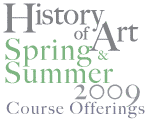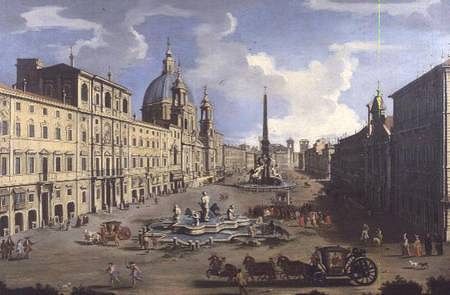The course will focus on diverse aspects of the city of Rome during the seventeenth century, the flourishing period known as the Baroque. We will study not only architectural monuments and their decorations (pictorial and sculptural), but also trace urban development, using maps and prints, to show how the city became a stage for civic and religious pageantry. Baroque Rome was a city rich in the art of the "ancients" - the very present ruins of antiquity - and also great works by the "moderns," including Michelangelo and Raphael. Foreign and Italian artists flocked to Rome to study this great artistic heritage, and we will consider the creative contexts in which these artists worked and see how they faced the challenges posed by the past. This was a period in which the papacy and its allies (cardinals, religious orders, confraternities, etc.), after decades of political and religious instability, made a concerted effort to promote a visual demonstration of the triumphant Catholic Church. For artists, such undertakings translated not only into sustained patronage but also into the demand to adapt their art to the requirements imposed by the new policy. We will explore different versions of the reform of painting at the hands of the Carracci and Caravaggio as well Domenichino, Guido Reni, Pietro da Cortona, and others. This was also the period that saw the completion of St. Peter's and the transformation of Rome through the construction or restoration of palaces, piazzas, churches, and fountains (famous and much visited today), including the works of such figures as Maderno, Borromini, and Bernini. Prerequisites: none.
Estimated cost of materials: $50, or less.
D. 3

